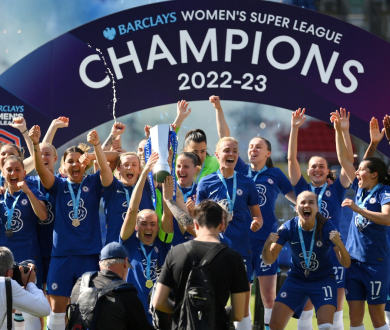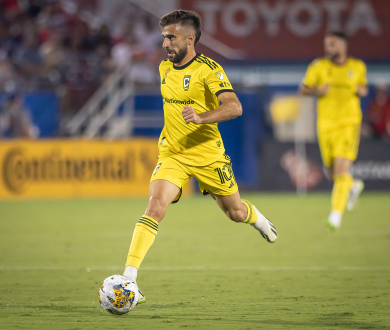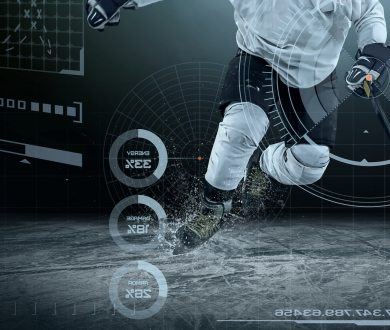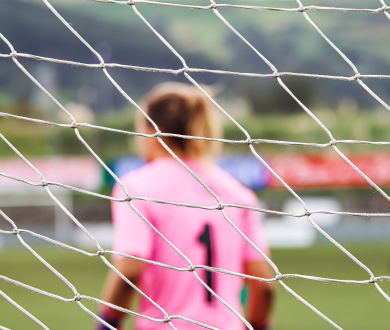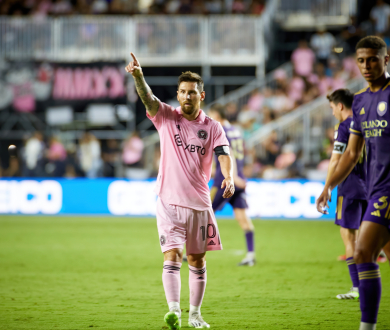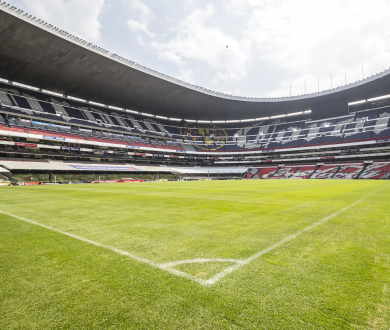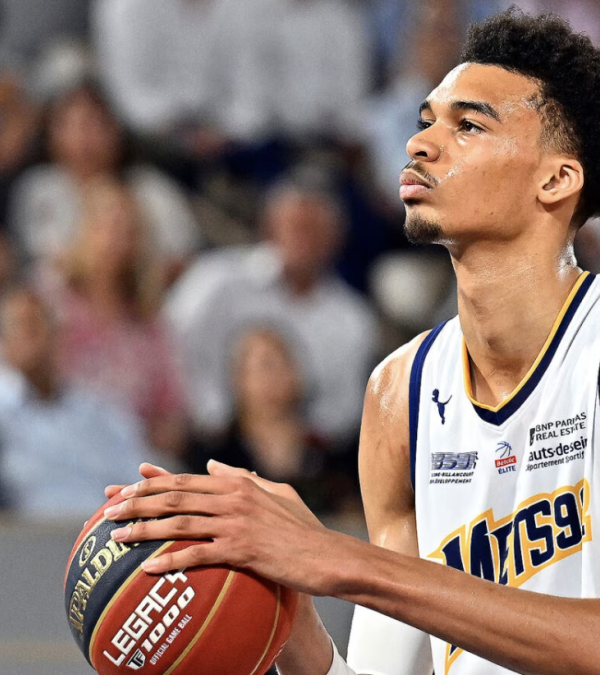
NBA Draft 2023: How to Develop Elite Talent
The day after the Draft is when the real work begins.
June 23, 2023
With the NBA Draft concluded, today is when the real work begins. Fair or unfair, the next 12 months will be viewed as the trial period for teams and the prospects to live up to their ‘great expectations’. Though expectations will certainly vary by circumstance, at the heart of it, the expectation is to demonstrate progress in these young prospects and show that they can contribute to winning.
Leveraging our vantage point studying best practices across global sports, we have identified in our playbook the 6 steps to developing elite talent.
Step 1: Handoff from Scouting to Player Development
This step is focused on the alignment between the player recruitment and player development functions. The process involves the formal transition of scouting information on the player to the coaches and player development staff, so that the latter can understand where the player stands today to begin his development.
From our experience, teams are often siloed between Scouting and Development
Do we have a clear definition of what a perfect player for our team looks like?
Do we have a common language between Scouting and Development in describing players?
Do we know what our strengths and weaknesses are as a Player Development group? What can we teach vs what can we not teach?
Step 2: Establish trust between the team and player
Before any on-court development work can begin, trust must be established between the team and player. Relationships must be built with not just the player himself, but also those within his ecosystem – this includes his family, agent, friends, guru coaches, etc.
From our experience, teams rush too quickly into the development of players without taking the time upfront to lay down a solid foundation.
Do we have a clear process for onboarding players?
What does success look like in fostering trust between the team and player?
Does the player and his ecosystem know what team resources are available to them?
Are we building relationships with our players organically?
Step 3: Capture and document the current profile of the player
The window after the Draft should be used to fill in the gaps on the current profile and establish the baseline of the player – this includes outstanding off-the-court testing, on-the-court evaluations, and most importantly listening to the player’s assessments of themselves.
This profile building process needs to be comprehensive; we recommend the 5 pillar framework: Technical, Tactical, Physical, Mental, Behavioral.
From our experience, teams spend significant time and effort projecting a player’s potential and overlook the importance of establishing a baseline of where that player stands today – one cannot walk to a destination without knowing where they are standing right now.
Do we as an organization understand the difference between a Profile, a Goal, and a Plan?
What is our standardized process of capturing a player’s current profile? What types of testing or evaluations do we do?
Do we have a criteria for assessing our player’s current profile? What are we looking for in that player?
Do we know what to do with the information that we captured about our player?
Step 4: Define development goals with the player
The goal setting process must occur and must be comprehensive – no matter how talented the player, no player should ever be considered a “finished product” – even LeBron James has areas to his game to continue refine.
Additionally, goals must be clear and measurable – this is not about where the player is today, rather where the player can be at a future point in time, starting with a reasonable timeframe of the next 12-months.
From our experience, many teams skip this step of goal-setting altogether and begin giving development instructions and feedback with no idea where the player’s end destination is.
Do we have a clear definition of what a perfect player for our team looks like?
Do we have someone within the organization who is responsible for setting development goals with the player? Who from the team is accountable for helping the player achieve his goals?
Do we have the player’s buy-in on his own development objectives?
Step 5: Build the individualized development plan for and with the player
Once the profile is complete and development goals are set, it is time to build a plan that bridges point A to B – the deliverable at the end of this step is an Individual Development Plan (IDP) for each player. Working backwards from the development objective set for 12-months out, what must the player do to reach his development targets?
From our experience, many teams create IDPs but are never shared with the players themselves.
To lay the foundation for his development, what are the right habits, behaviors, and lifestyle this player must adopt?
What is the player’s Technical and Technical development program for the next 12 months?
What is the player’s Physical development program?
What is the player’s Mental skills development program?
Does the player understand the plan that’s been created with him?
Who from the team is accountable to overseeing the player’s IDP? Who delivers feedback to the players?
Are we as an organization giving consistent feedback to the player?
Does the player know what is expected of him?
Step 6: Execute the IDP and measure progress
The final stage is to bring the IDP to life – this involves executing against the IDP for each player, then regularly monitoring progress to understand if the player’s development is on-track or off-track.
From our experience, teams who make it this far in creating IDPs for each player often fail because they struggle to remain consistent and disciplined in tracking progress throughout the season.
Do we have regular checkpoints to see how the player is progressing against his IDP throughout the season?
Do all the required stakeholders consistently attend the regular IDP checkpoints?
What are the incentives and expectations in place for the coaching staff? What are the performance metrics set out for Coaches in relation to player development?
Do we know what “on-track” looks like for each player? What do we do if a player is “off-track”?
How are we giving feedback to our players?
From the 1st overall pick to the undrafted players, it is the team’s responsibility to put them on a path to success. Every player who has reached this level has potential, the challenge is how teams are able to maximize this innate competency.
Teams who trust their process have always had the greatest success to player development. In every successful player development organization we have observed, they execute each of the 6 steps to perfection. The question becomes, how will your organization use these 6 steps to create a competitive advantage and maximize the elite talent coming through your door today?

